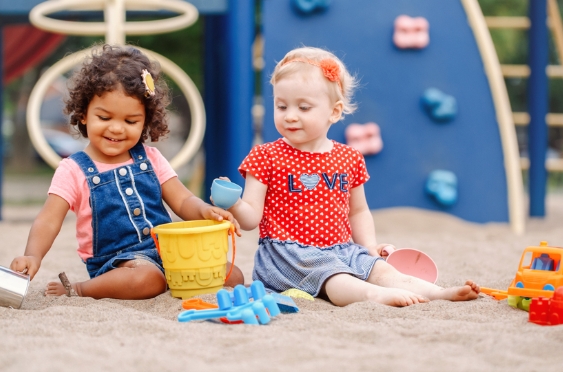As your child grows and develops, they will start engaging in different types of play. One important stage in their play development is associative play.
What is associative play?
Associative play is when children start to interact with each other during playtime, but they don’t yet have a shared goal or activity. Instead, they are just playing alongside each other and may exchange toys or communicate in a basic manner.
At what age does associative play start?
Associative play typically starts around the age of 2 or 3 years old. This is when children begin to show an interest in playing with others and start to understand the concept of sharing and taking turns.
Characteristics of children engaging in associative play
Children engaged in associative play may play with the same toys at the same time or engage in parallel play, where they play next to each other, but not necessarily together. They may also start to communicate with each other through gestures, facial expressions, or simple words.
Benefits of associative play
Associative play helps children learn important social skills, such as cooperation, communication, and problem-solving. It also promotes empathy and understanding of others’ perspectives. By playing with their peers, children can practice important social skills that will benefit them later in life.
Encouraging associative play
To encourage your child to engage in associative play, provide plenty of opportunities for them to play with other children. Set up play dates, enroll them in group activities or classes, and provide toys and games that promote social interaction. Praise and reinforce positive social behaviors, such as sharing and taking turns.
In conclusion, associative play is an important milestone in your child’s development that typically starts around the age of 2 or 3. By encouraging and supporting your child’s social interactions with their peers, you can help them develop important social skills that will benefit them throughout their lives.

